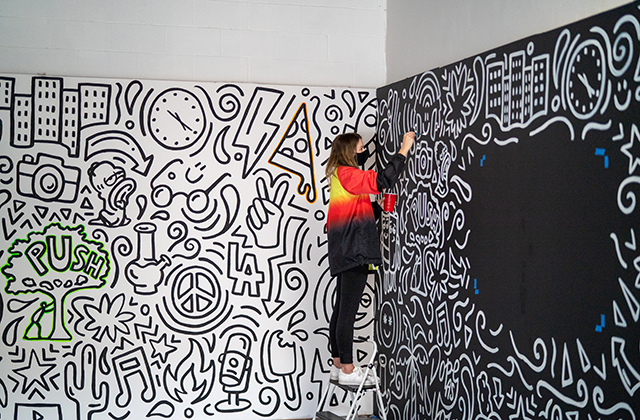
Storyboarding- An Informative Guide
Storyboards are a visual representation of a pre-planned sequence of events, usually in the form of a cartoon strip. You can use storyboards to plan a video or a slideshow, a detailed report, a website or even a short skit. Concept boards is also valuable in your video plan creation.
Storyboards help you visualize your project before you begin writing or drawing anything. They allow you to pin down what you want to say and how you want to present it visually. In this guide, we will cover how storyboards can be used as an informative guide. We will discuss how to create storyboards, as well as the benefits and the drawbacks of using them as an informative guide.
What is Storyboarding?
Storyboarding is a process of creating frames that detail the sequence of events in your video or presentation. The frames are then strung together into a sequence that conveys your message effectively without losing sight of the bigger picture.
Storyboards are not only used for making videos and presentations; they can also be used for planning out websites and even advertisements. The purpose of storyboarding is to determine what your video or presentation is about, who your audience is and how to convey this information effectively without losing sight of the bigger picture. Storyboarding helps you stay focused on your goals and your goals.
Storyboarding is an exciting and vital part of the filmmaking process. It is the technique of mapping out a film’s plot through drawings or photos arranged in sequence on large sheets of paper. Storyboarding is used as a preliminary step in the pre-production process to help filmmakers visualize and plan out the filming of their movie.
Though storyboarding is done by everyone, from experienced professionals to amateurs who want to make their first movie, it is often not given much attention. The common misconception about storyboarding is that it simply involves drawing pictures of what will happen in a movie, like a comic book panel for every scene of the film. In fact, these drawings are more than just standalone frames; they’re used to convey information such as camera movements and lighting changes that cannot be conveyed by dialogue or description alone.
Storyboarding is an excellent tool for visualizing the flow of your script. It helps you to visualize better the scene and how it should be shot. Storyboarding can help you to understand your script in a visual way, which allows you to explore ideas, make informed decisions, solve problems and communicate more effectively. Storyboards are also extremely useful for directors, as they can communicate their vision to both cast and crew. They allow the director to demonstrate their vision of the scene, especially if there is no screenplay or if there are any doubts about what should be included in that scene.
Storyboards are drawn by the director or storyboard artist for every scene that needs diagramming. The artist must take into consideration everything that happens within the scene so that they can draw an accurate representation of it. This includes camera angles, lighting, costumes, makeup and props. Before storyboarding begins, it’s important for the director to have an idea of what they want the finished product to look like. They must know exactly what type of camera angle they want, where lighting should be placed and what effects will be present in each shot. This will ensure that everyone has the same understanding of the storyboard’s purpose and will help them visualize their vision accurately before production begins.
Storyboarding is an important part of the filmmaking process. It is often used in conjunction with pre-production to help visualize a film before it is shot, but it can also be used to plan out a scene once production has begun, whether it be for a feature film, documentary or TV spot.
Storyboarding is extremely common in animation, where many hours can go into making each second of film. Storyboard artists must make sure every action and reaction is clearly understood. Storyboarding can be used to plan out an entire film or just a particular sequence. It involves the use of drawings to illustrate shots and sequences that are then refined into storyboards. These are then edited into a “rough cut” which gives the director/client an idea of what the final result will look like. Once the rough cut has been approved, detailed storyboards are made showing all the shots and angles needed for each scene. The storyboard artists then break down the sequence into “takes”, which are filmed during principal photography. Learn how to apply photography in film.